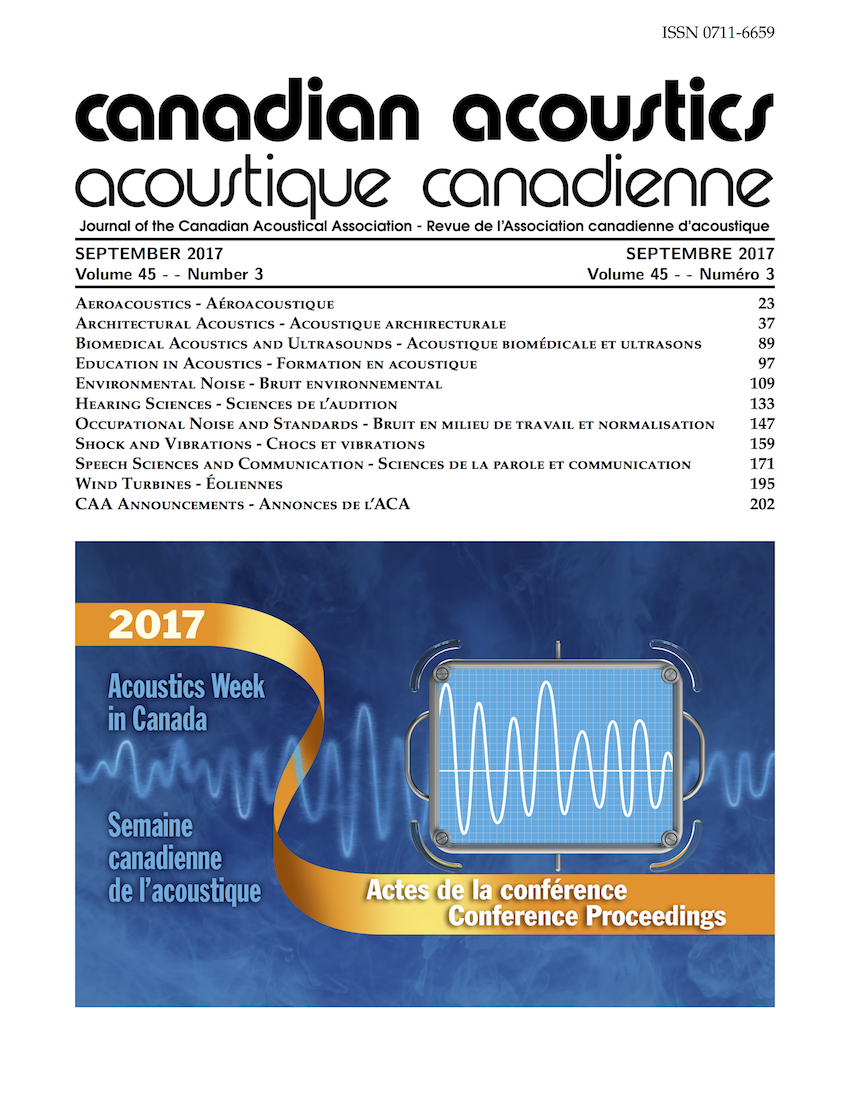Toward a Method to Uncover L1 Japanese Sociophonetic Transfer to L2 English
Abstract
Prosody, the rhythm, tone and pitch of speech, could negatively transfer to L2 speech and affect L2 intelligibility (Derwing & Munro 1997). In cases of beginner-intermediate Japanese EFL learners, the main aspects transferred were speech rhythm (Ueyama 2000), intonation structure (Teaman 1992, Ueda & Saito 2010, Yamane et al. 2016), and pitch range (Fujimori et al. 2015). What is surprising is that in spite of their high scores on perception and recognition tests about information focus in sentences, their scores of production test marked low (Yoshimura et al. 2016). Typically, Japanese EFL learners at Japanese universities have few opportunities to speak English to L1 English speakers, and are naive about socioculturally-induced sociophonetic aspects of L1 Japanese. Those include high-level pitch range (Graham 2014), vocal stereotypes (Teshigawara 2011), Japanese-specific attitudinal expressions (Rilliard et al. 2009), politeness strategies toward the interlocutor (Yuasa 2008), and so on. Some Japanese voice quality can be misinterpreted cross-culturally (Shochi et al. 2009) but there is no research testing how these aspects can affect the intelligibility of L2 English. Mixed methods research is proposed to test 1) whether the paralinguistic properties could affect the intelligibility of L2 English, 2) whether learners’ awareness about sociophonetic aspects corresponds to their performance, 3) whether students’ performance can be improved after some intervention. Through a baseline questionnaire, focus groups and videotapes we analyzed 18 undergraduate university students in Japan. Students’ performances were evaluated by several native English speakers. L2 instructional intervention included gestural education (Acton 2016). The analyses were conducted in terms of learners’ baseline questionnaires, acoustic properties such as pitch range, body language, native speakers’ judgments, and learners’ self-assessment.
Additional Files
Published
How to Cite
Issue
Section
License
Author Licensing Addendum
This Licensing Addendum ("Addendum") is entered into between the undersigned Author(s) and Canadian Acoustics journal published by the Canadian Acoustical Association (hereinafter referred to as the "Publisher"). The Author(s) and the Publisher agree as follows:
-
Retained Rights: The Author(s) retain(s) the following rights:
- The right to reproduce, distribute, and publicly display the Work on the Author's personal website or the website of the Author's institution.
- The right to use the Work in the Author's teaching activities and presentations.
- The right to include the Work in a compilation for the Author's personal use, not for sale.
-
Grant of License: The Author(s) grant(s) to the Publisher a worldwide exclusive license to publish, reproduce, distribute, and display the Work in Canadian Acoustics and any other formats and media deemed appropriate by the Publisher.
-
Attribution: The Publisher agrees to include proper attribution to the Author(s) in all publications and reproductions of the Work.
-
No Conflict: This Addendum is intended to be in harmony with, and not in conflict with, the terms and conditions of the original agreement entered into between the Author(s) and the Publisher.
-
Copyright Clause: Copyright on articles is held by the Author(s). The corresponding Author has the right to grant on behalf of all Authors and does grant on behalf of all Authors, a worldwide exclusive license to the Publisher and its licensees in perpetuity, in all forms, formats, and media (whether known now or created in the future), including but not limited to the rights to publish, reproduce, distribute, display, store, translate, create adaptations, reprints, include within collections, and create summaries, extracts, and/or abstracts of the Contribution.


